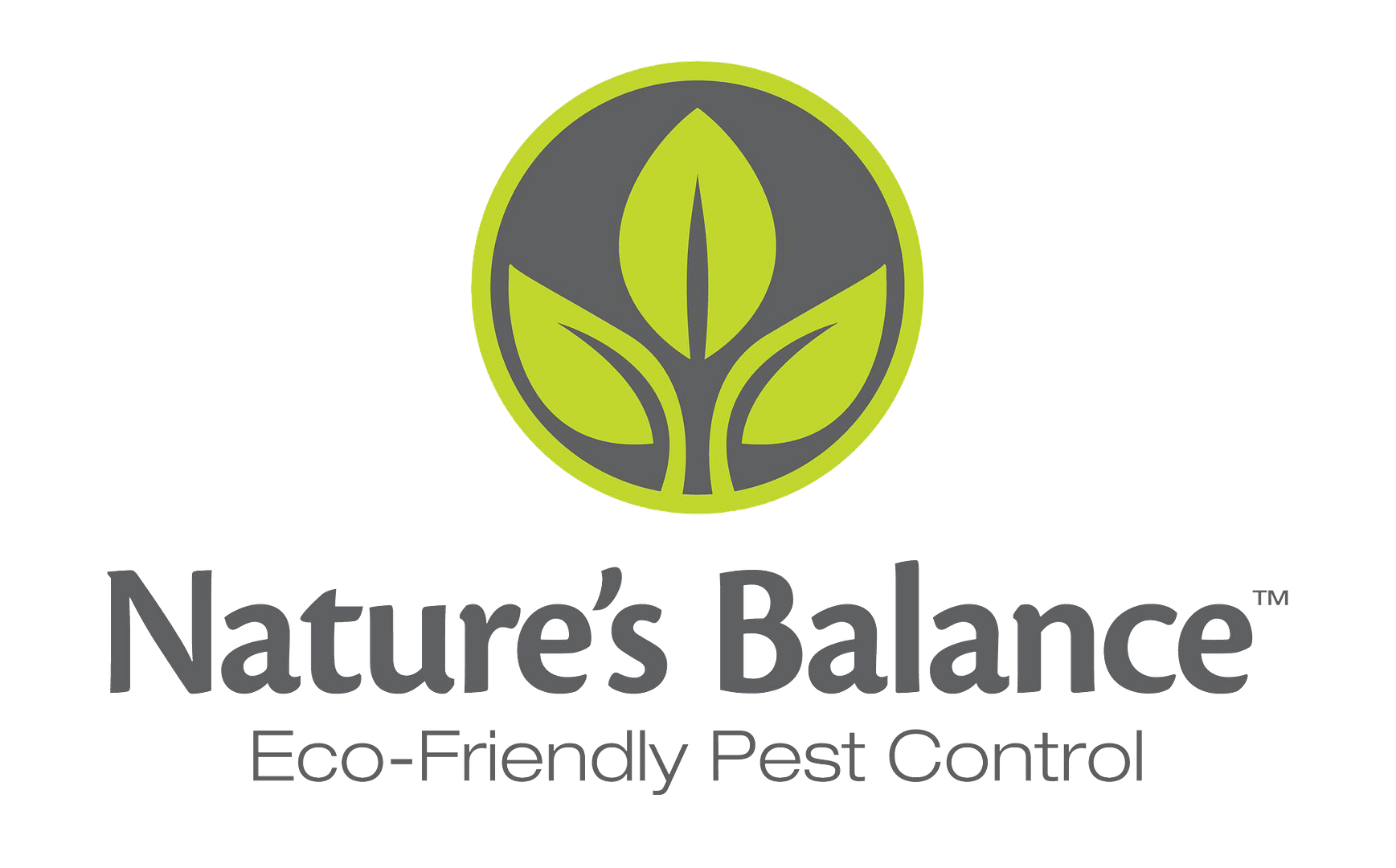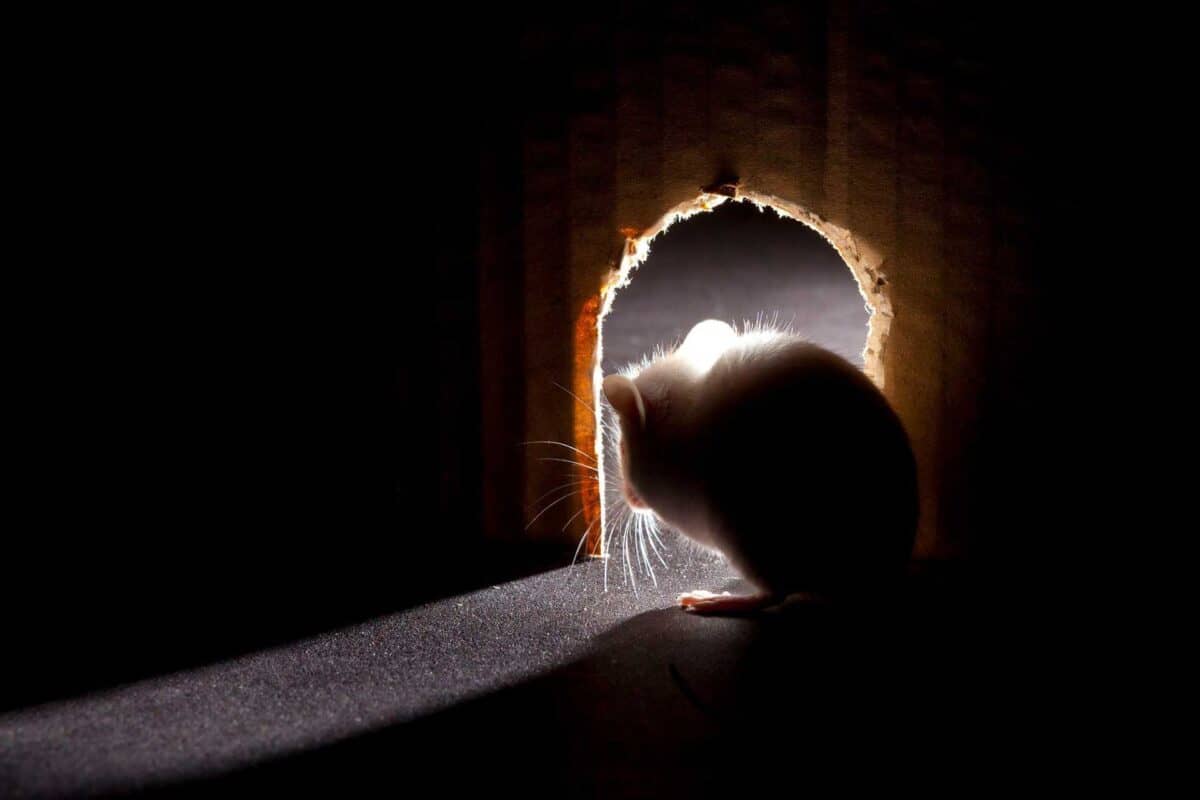Where Do Mice Hide in Houses? Find & Remove Utah Mouse Infestations
Hearing scratching sounds in your walls at night? Finding mysterious droppings around your home? If you’re wondering where mice hide in houses, you’re not alone. Utah homeowners frequently deal with mouse infestations as temperatures drop and these resourceful rodents seek warm shelter indoors. Understanding mouse hiding spots is crucial for effective detection, removal, and prevention of these persistent pests.
Why Mice Choose Your Utah Home
Before exploring where mice hide, it’s important to understand what makes your home attractive to these unwanted guests, especially during Utah’s harsh winter months.
Survival Needs Drive Indoor Migration
House mice don’t hibernate during winter, making heated homes irresistible during Utah’s freezing temperatures. Your home provides three essential survival elements:
- Warmth
- Food sources: Crumbs, pet food, pantry items, and food debris
- Water: Leaky pipes, pet bowls, and condensation areas
- Shelter: Protected nesting areas away from predators
Utah’s Seasonal Mouse Patterns
Mouse activity in Utah homes typically increases during:
- Late fall (October-November): Initial indoor migration as temperatures drop
- Winter months (December-February): Peak indoor activity and reproduction
- Early spring (March-April): Continued indoor presence as outdoor food remains scarce
Top Mouse Hiding Spots Room by Room
Understanding where mice hide in your house requires a systematic approach to inspection. Mice prefer areas that are dark, warm, quiet, and close to food sources.
Kitchen
The kitchen is the most common area for mouse infestations due to abundant food sources and hiding opportunities.
Behind and Under Appliances:
- Refrigerators: Warm motors and hidden spaces behind coils
- Ovens and stoves: Heat sources with grease accumulation
- Dishwashers: Moisture and food particle debris
- Microwaves: Crumb accumulation in tight spaces
Inside Kitchen Cabinets:
- Base cabinets: Especially corners and back areas
- Pantry areas: Near stored grains, cereals, and dry goods
- Under sink cabinets: Moisture from pipes attracts mice
- Behind drawers: Hidden spaces in cabinet construction
What to Look For:
- Small, dark droppings (rice-sized)
- Gnaw marks on food packaging
- Shredded paper or fabric for nesting
- Grease marks along walls from repeated travel paths
Basements and Crawl Spaces
Mouse hiding spots in basements provide ideal conditions for nesting and movement throughout your home.
Common Basement Hiding Areas:
- Stored boxes: Especially those containing paper or fabric
- Behind water heaters: Warmth and secluded location
- Near furnaces: Heat sources during cold months
- Wall cavities: Accessible through small foundation cracks
- Ceiling insulation: Between floor joists above basement
Crawl Space Indicators:
- Insulation disturbance: Mice tunnel through insulation for nesting
- Ductwork areas: Warm air ducts provide travel routes
- Electrical boxes: Protected spaces near home infrastructure
Attics
Attics provide ideal mouse nesting conditions, especially during Utah’s temperature extremes.
Prime Attic Locations:
- Insulation piles: Soft material for nest building
- Storage areas: Boxes, holiday decorations, old clothing
- HVAC ducts: Warm air circulation systems
- Wall voids: Spaces between exterior and interior walls
- Eave areas: Where roof meets exterior walls
Detection Signs:
- Disturbed insulation with tunnel patterns
- Strong ammonia odor from mouse urine
- Scratching or scurrying sounds overhead
Bedrooms and Living Areas
While less common than kitchen infestations, mice do establish hiding spots in living areas.
Bedroom Hiding Spots:
- Under beds: Especially beds with storage underneath
- Inside closets: Behind stored items and clothing
- Behind dressers: Quiet, undisturbed areas
- In stored linens: Soft materials for nesting
Living Room Areas:
- Behind entertainment centers: warmth and hidden cables
- Inside couches and recliners: Access through bottom fabric
- Bookshelf backs: Quiet, vertical hiding spaces
- Behind window treatments: Concealed areas near entry points
Garages
Garages often serve as mouse entry points and temporary staging areas before mice move into main living spaces.
Garage Hiding Locations:
- Stored boxes: Seasonal decorations and old items
- Workbenches: Cluttered areas with multiple hiding spots
- Behind tools: Hanging tools create shadowed hiding spaces
- Vehicle engine compartments: Warmth from parked cars
- Wall storage systems: Shelving and cabinet areas
Signs of Mouse Activity in Hiding Spots
Knowing where to look for mice is only half the battle. Recognizing signs of mouse presence helps confirm infestations and track movement patterns.
Visual Evidence
Mouse Droppings:
- Size: 3-6mm long, pointed ends
- Color: Dark brown to black when fresh, gray when old
- Location: Concentrated near food sources and along travel routes
- Quantity: 50-80 droppings per mouse per day
Gnaw Marks:
- Food packaging: Torn corners and holes in boxes
- Structural damage: Chewed wood, plastic, and soft metals
- Electrical wires: Dangerous chewing that can cause fires
Nesting Materials:
- Shredded paper: Tissues, newspapers, cardboard
- Fabric pieces: Clothing, upholstery, curtains
- Insulation: Pulled and bunched for warmth
Sensory Indicators
Odors:
- Urine smell: Strong ammonia odor in enclosed areas
- Musky scent: General mouse presence in heavily infested areas
- Decay smell: Dead mice in wall voids or inaccessible areas
Sounds:
- Scratching: Movement within walls and ceilings
- Scurrying: Quick movement across floors and in walls
- Squeaking: Communication between mice, especially during mating
Utah Mouse Inspection Checklist
Use this systematic approach to thoroughly inspect your home for mouse hiding spots and activity signs.
Monthly Inspection Routine
Kitchen Areas (15 minutes):
- Check behind all appliances for droppings
- Inspect inside cabinets, especially corners
- Look for gnaw marks on food packaging
- Examine areas under sink for moisture and droppings
Basement/Crawl Space (20 minutes):
- Scan stored items for disturbance
- Check insulation for tunneling patterns
- Inspect around utilities for access points
- Look for grease marks along foundation walls
Attic Spaces (15 minutes):
- Examine insulation for displacement
- Check stored items for nesting materials
- Look around entry points (vents, gaps)
- Test for strong odors indicating activity
Living Areas (10 minutes):
- Check behind furniture against walls
- Inspect closets, especially floor areas
- Look in storage areas and under beds
- Examine areas near pet food and water
Mouse Prevention Strategies
Seasonal Prevention Timeline
Fall Prevention (September-October):
- Exterior sealing: Close entry points before migration begins
- Food storage: Secure all pantry items in sealed containers
- Yard maintenance: Remove outdoor food sources and shelter
Winter Monitoring (November-February):
- Regular inspections: Monthly checks of high-risk hiding areas
- Maintenance: Address any new entry points immediately
- Professional assessment: Consider preventive treatments
Spring Follow-up (March-May):
- Damage repair: Fix any winter mouse damage
- Deep cleaning: Sanitize affected areas thoroughly
- Prevention renewal: Update sealing and storage practices
Professional Mouse Control Services
Some mouse infestations require professional intervention, especially when:
- Multiple hiding locations show heavy activity
- Structural access points need professional sealing
- Health concerns arise from extensive contamination
- DIY efforts fail to reduce mouse activity
Utah Pest Control Excellence with Nature’s Balance
Don’t let mice turn your comfortable Utah home into their winter hideaway. Nature’s Balance provides comprehensive mouse inspection and control services throughout Summit, Wasatch, Salt Lake, and Utah counties.
Professional Mouse Detection Services
Comprehensive Inspections:
- Thorough assessment of all potential hiding spots
- Professional identification of entry points and travel routes
- Risk evaluation for different areas of your home
- Customized treatment plans based on infestation severity
Advanced Detection Methods:
- Experience recognizing subtle signs of mouse activity
- Knowledge of Utah-specific mouse behavior patterns
- Documentation of findings for targeted treatment
Why Choose Our Professional Mouse Control?
Health and Safety:
- Disease prevention: Mice carry numerous pathogens dangerous to humans
- Proper sanitation: Professional cleanup of contaminated areas
- Safe removal methods: Protect your family during treatment process
Effective Results:
- Complete elimination: Address all hiding spots and entry points
- Prevention focus: Stop future infestations before they start
- Guaranteed satisfaction: Stand behind our comprehensive approach
Peace of Mind:
- Expert knowledge: Understanding of mouse behavior and biology
- Professional equipment: Access to tools homeowners don’t have
- Ongoing support: Available for questions and follow up needs
Take Action Against Mouse Infestations
Now that you know where mice hide in houses and how to detect their presence, don’t wait for a small problem to become a major infestation. Mice reproduce rapidly, with a single pair potentially producing dozens of offspring within months.
Contact Nature’s Balance today for:
- Professional Inspection of mouse hiding spots and activity
- Customized control plan tailored to your specific situation
- Eco-friendly treatment options safe for your family and pets
Call Nature’s Balance now and reclaim your home from unwanted rodent guests.








